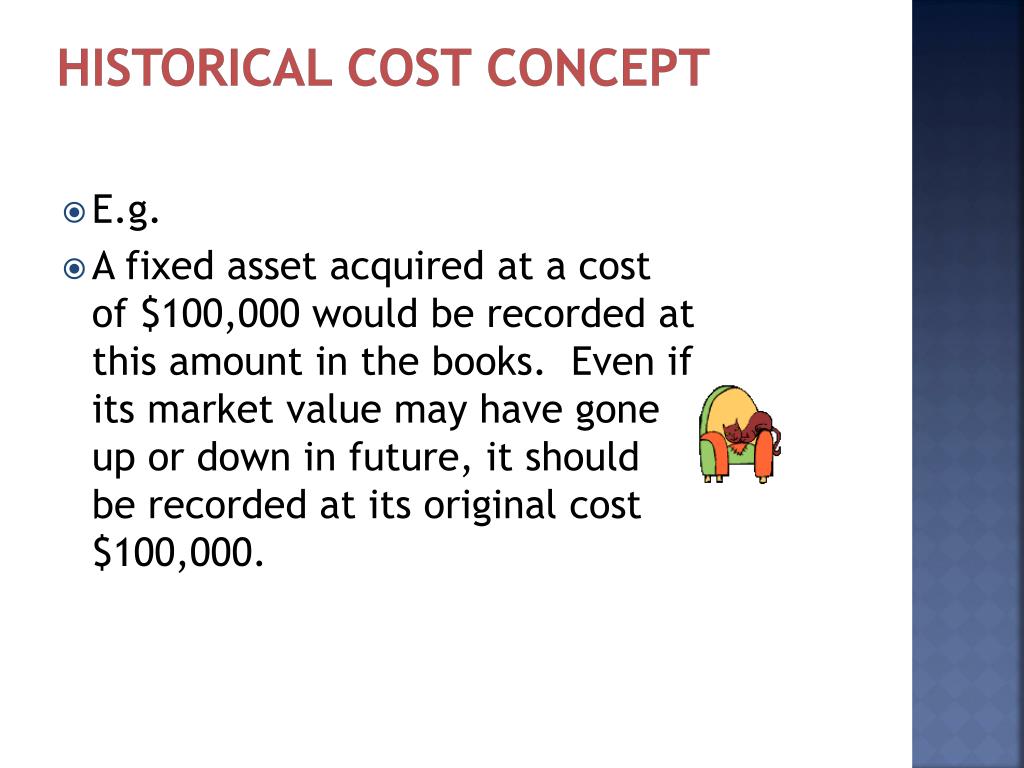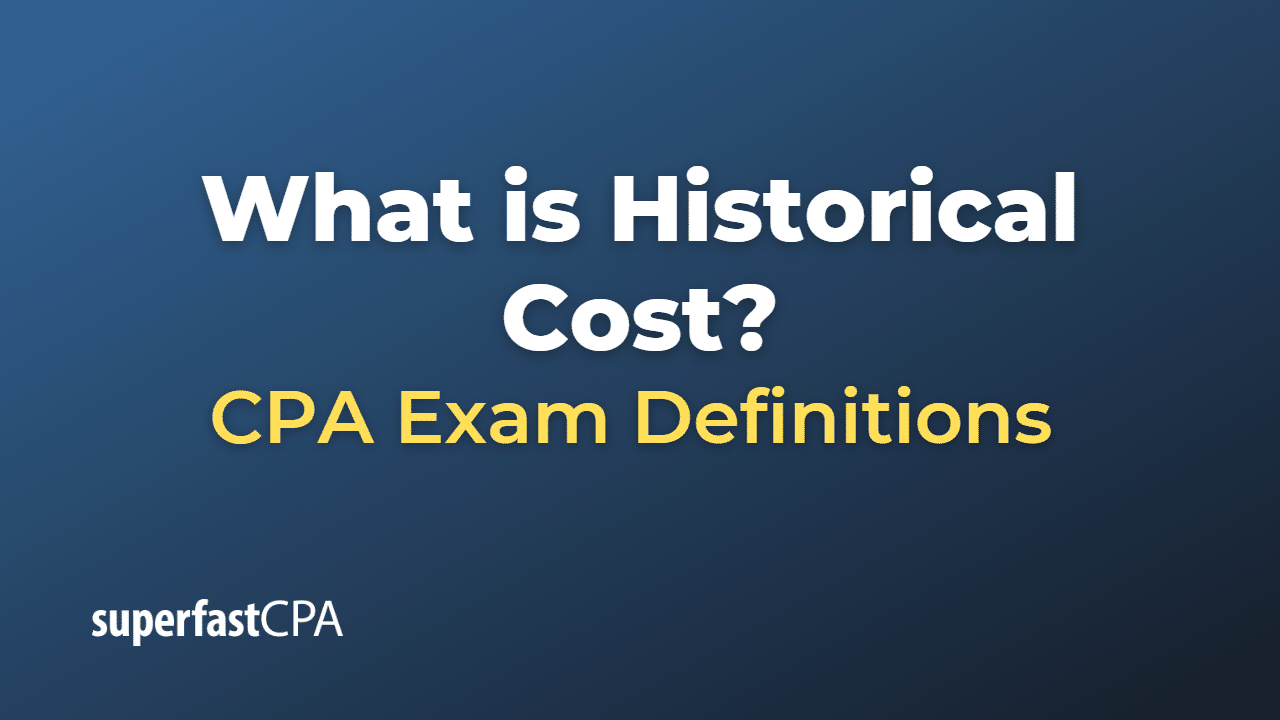Bookkeeping
Historical Cost in Accounting Meaning, Concept, Principle

For example, a piece of real estate purchased for $200,000 a decade ago might now be worth $500,000 due to market appreciation. Fair value accounting would reflect this current market value, providing stakeholders with a more up-to-date picture of the company’s assets. This approach can be especially useful for investors and analysts who rely on current valuations to make informed decisions. According to the historical cost principle, all assets must be included at their original cost or acquisition price on a company’s balance sheet. Market alterations or changes brought on by inflationary alterations are not taken into account. A continual trade-off between an asset’s utility and reliability is supported by the historical cost concept.
- Usually, historical cost accounting is more problematic with long-term assets.
- An asset’s market value is different than the amount recorded with the price principle.
- With a few exceptions (stocks and bonds, for example), all other business assets are recorded using the historical cost principle.
- With the cost principle, you record a business asset at its purchase amount.
- For instance, a company with significant real estate holdings may appear less valuable on paper if those assets are recorded at their historical cost rather than their current market value.
Create a Free Account and Ask Any Financial Question
As a result, it differs from the fair market, reflecting the asset’s current value. GAAP requires that certain assets be accounted for using the historical cost method. Inventory is also usually recorded at historical cost although it may be recorded at the lower of cost or market. The right accounting method to use becomes more complicated when determining the different aspects of an asset, such as depreciation and impairment. Historical cost is the standard when recording property, plant, and equipment (PP&E) on financial statements.
What is the cost principle going to do for your business?
The bookkeeping service with single entry bookkeeping, double entrybookkeeping, or even accrual bookkeeping makes sure that the transactions are efficiently recorded. These revised transactions help in generating reports, which are ideal for forecasting budgets and double revenue. It also helps in cash flow management and has access to real-time financial data. Historical costs make it easier for businesses to access the original price of things when needed quickly. In a turbulent market, it prevents overvaluation and is a useful tool for assessing capital expenditures.
What Is the Difference Between Historical Cost and Fair Market Value?
Furthermore, this convention provides a more accurate picture of a business’s historical performance as opposed to relying on estimated values. You need to factor in depreciation when using the historical cost principle. Depreciation helps you offset the value of an asset over time on your tax return. You decrease the value of the asset in your books throughout the life of the asset.
Historical cost accounting, as previously discussed, records assets at their original purchase price, providing a stable and verifiable figure. In contrast, fair value accounting aims to reflect the current market value of an asset, offering a more dynamic and potentially more accurate representation of an asset’s worth at any given time. Assets recorded at historical cost must be updated to reflect usage-related wear and tear in compliance with the conservative accounting principle. Depreciation expenses are used to decrease the value of fixed and long-term assets over the course of their useful lives.

Implications for Depreciation
It also makes it easy for businesses to retrieve the actual pricing of items when needed quickly. Historical cost concept is a basic accounting principle that has traditionally guided how assets are recorded in the books. This is changing lately, with a greater emphasis in accounting standards, on fair valuation and impairment testing. There are better measures or approaches than historical cost accounting to assess a company’s current worth.
Suddenly, all of the appraisals of their worth were detrimentally off, and mark-to-market accounting was to blame. Inflation, essential in calculations for profit and loss, is not accounted for in historical cost accounting. As such, assets are often undervalued, leading to an inability to determine profit margins accurately. Historical costs are pretty economical because they accrue no additional costs in preparing financial statements. Even though the plant presented in A’s financial statements is capable of producing economic benefits worth 50% of Company B’s asset, it is carried at a historical cost equivalent of just 25% of its value. Let’s say you buy equipment for $1,000, and it has a useful life of five years.
With the cost principle, you record a business asset at its purchase amount. Track assets on the balance sheet at their cash values during the time you acquired them. Moreover, fair value accounting can introduce volatility into financial statements.
However, as the economic landscape evolves, so too does the scrutiny of this principle’s relevance and effectiveness. Historical cost includes the purchase price of an asset, plus any other costs incurred to bring the asset to the location and condition needed to make it function as intended. This gross pay versus net pay can include a number of additional costs, including transport costs, freight in, the cost to demolish existing structures and install a concrete pad for the asset, and test it to ensure that it functions as intended. Fair value, also known as mark-to-market practice, fluctuates per market change.
